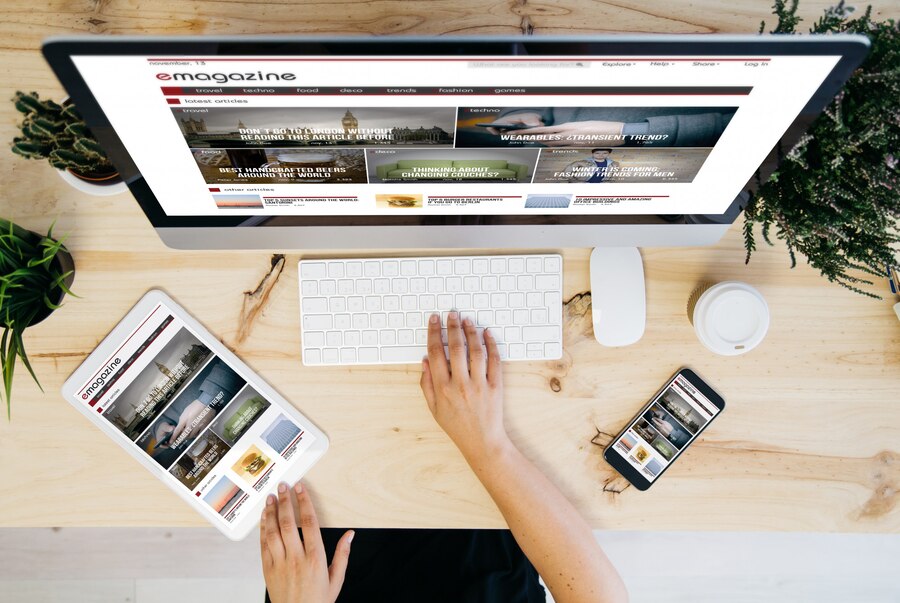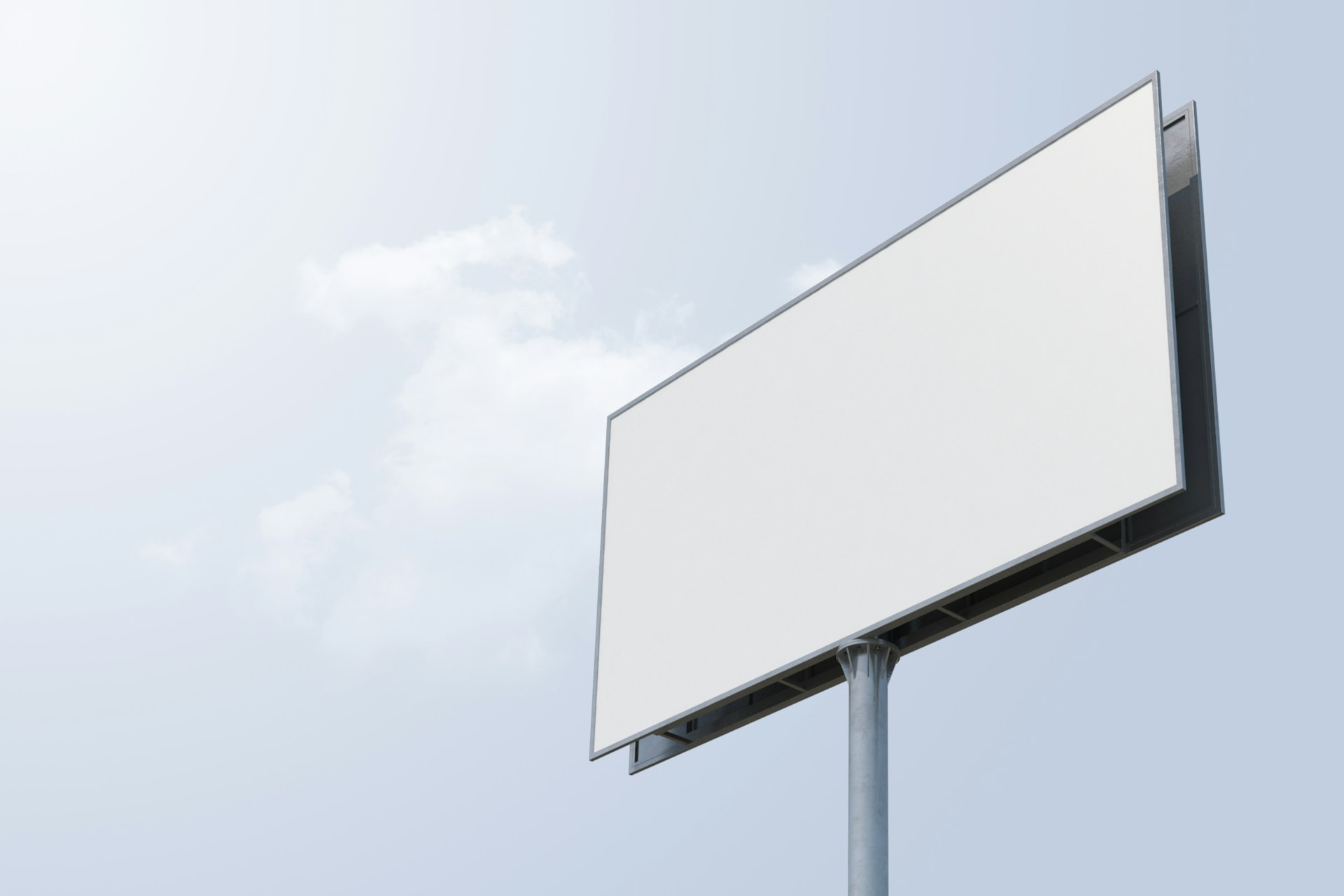
Out-of-home (OOH) advertising can be a powerful way to get your message in front of people. It appears in everyday public spaces such as billboards, digital screens at train stations, posters in bus stops, and more. When placed well, it gets noticed. But there’s more to a successful OOH campaign than bold visuals or clever wording. The placement of your message matters just as much as the message itself.
When placement misses the mark, it can lead to wasted time, missed opportunities, and a lot of frustration. You might have a great ad, but if it’s hidden behind a tree, surrounded by clutter, or targeting the wrong crowd, it won’t do its job. Knowing what can go wrong gives you a better chance to get it right and avoid wasted effort and budget.
Common Mistakes in OOH Media Placement
Some brands expect strong visuals alone to do all the work. But even the most eye-catching design will fail if it ends up in the wrong spot. Poor placement affects everything from visibility to audience relevance.
Here are some of the most frequent mistakes:
- Poor location choice: A busy area might seem appealing, but if it’s full of people who aren’t your audience, it won’t give a return. A luxury fashion ad placed outside a budget supermarket, for example, is unlikely to connect.
- Visibility issues: Sometimes location mock-ups don’t account for real-life disruptions like trees, tall vehicles, or nearby signage that competes for attention. These things make your message hard to spot.
- Ignoring the surroundings: An ad that doesn’t fit the feel of its location stands out for the wrong reasons. A trendy visual campaign in a traditional village setting may create confusion or feel out of place.
- Missing the demographics: Visibility alone won’t help if your audience isn’t the one passing by. A children’s product ad placed near a late-night pub scene isn’t likely to get much interest.
- Overloading with information: Big chunks of text or busy visuals don’t work well when someone only has a few seconds to take in the content. Clear, quick messaging is key.
One real-world example might be a fast-food campaign placed near a scenic walking trail. While plenty of people walk past, most of them are families or fitness-focused individuals who might pass right by without a second look. It simply doesn’t match up with their expectations or interests.
OOH advertising isn’t only about high traffic numbers. The key is relevance. Making your messages stick means ensuring they are in the right place, aimed at the right people and seen at the right moment.
Effects of Poor OOH Media Placement
A poorly placed ad doesn’t only fail to deliver results, it can actually cause problems. First, there’s the obvious waste of money. Brands pay for placement hoping to see engagement, awareness, and return on investment. But without being seen or appreciated, that ad space is just an expense.
Then comes the lack of engagement. You might monitor traffic and realise not many are interacting. Worse, they could be ignoring it completely. Even in an area with high foot traffic, if the message doesn’t resonate, the audience moves on without a thought.
There’s also the potential for reputational damage. An ad that seems out of touch can make your brand look disconnected. A campaign for luxury travel, for instance, might not strike the right tone if placed in an area recovering from economic downturn. It may come off as inconsiderate or simply not relevant, which could push people away.
Small issues in placement can start a domino effect. Once the ad is ignored, your brand message loses its punch, and future efforts may be seen the same way. Audiences remember whether a campaign felt targeted, or completely off-track.
How to Avoid OOH Advertising Failures
Getting the best from OOH advertising takes more than just good design. Success comes from working smart and taking the time to plan each step. Here’s how to make sure your ads land well:
- Scout sites carefully: Go beyond maps and mock-ups. Visit potential sites throughout the day. Traffic, shadows, and nearby distractions all change depending on the time.
- Know your audience: Build ad strategies around where your audience actually goes. What are their habits and which areas are part of their normal routine?
- Use data: Numbers can help you make decisions. Look at who’s passing by, how often, and whether they match the profile of the audience you’re targeting.
- Keep messaging simple: Every word counts. Messages should be quick to read and easy to understand. Strong visuals help, but the wording should do its part too.
- Monitor campaigns: Once live, keep an eye on things. If something’s off, be ready to adjust. That kind of attention keeps campaigns fresh and effective.
OOH campaigns need to stay flexible. Not everything will go perfectly the first time, but staying alert and ready to adapt makes a huge difference.
Learning from Past OOH Advertising Failures
No campaign is perfect. It’s the lessons you take from the ones that miss their goals that give your brand a better chance moving forward. Start with review and reflection. What didn’t work? Was it the location, design, timing, or something deeper?
Ask for insights wherever you can. Traffic counts, user feedback, and campaign analytics all help you understand how an ad actually performed. Sometimes adjustments only become clear after the fact… and that’s okay!
Small test campaigns offer a safety net. Try running limited versions before a bigger rollout. This approach allows your team to see how things land with real people and correct course before going big.
Even campaigns that don’t hit the mark can become valuable research as long as they’re used to improve what comes next. The goal isn’t to avoid mistakes completely, it’s to use them wisely.
Crafting a Winning OOH Media Strategy
A strategy that works puts your audience front and centre. Every decision should be shaped by who they are and how they move through spaces. The three questions to always ask are: Is it relevant? Is it visible? Is this the right time and place?
OOH campaigns shine when all those pieces come together. That’s why it’s worth trusting professionals who understand this balance. With insights into trends and locations, your campaign won’t just look good, it’ll hit all the right notes.
The best strategies make your message fit smoothly into people’s daily lives, meaning your brand becomes part of their world without forcing the interaction.
Ensuring Your OOH Campaign’s Success
Success in OOH comes from strong planning, solid insight, and confidence in your execution. Every step of the process, from location scouts to final design, matters.
Working with experts pays off too. When creative direction is balanced with real-world know-how, your brand is ready to impress. Campaigns that adapt when needed, stick with the story, and focus on visibility are the ones people remember.
OOH is more than just placing ads, it’s about creating impact in shared spaces. That takes smart thinking, patience, and the desire to really connect with the people you’re trying to reach. Keep your eyes open, respond fast to feedback, and let clarity lead the way.
Maximise the reach and impact of your brand by effectively using OOH advertising to capture your audience’s attention. By crafting a strategy that focuses on well-placed, visible, and timely messages, you can ensure your campaigns resonate with the right people. Let the team at Wonderful help guide your next campaign with expertise built on real-world experience and creative thinking that connects.


